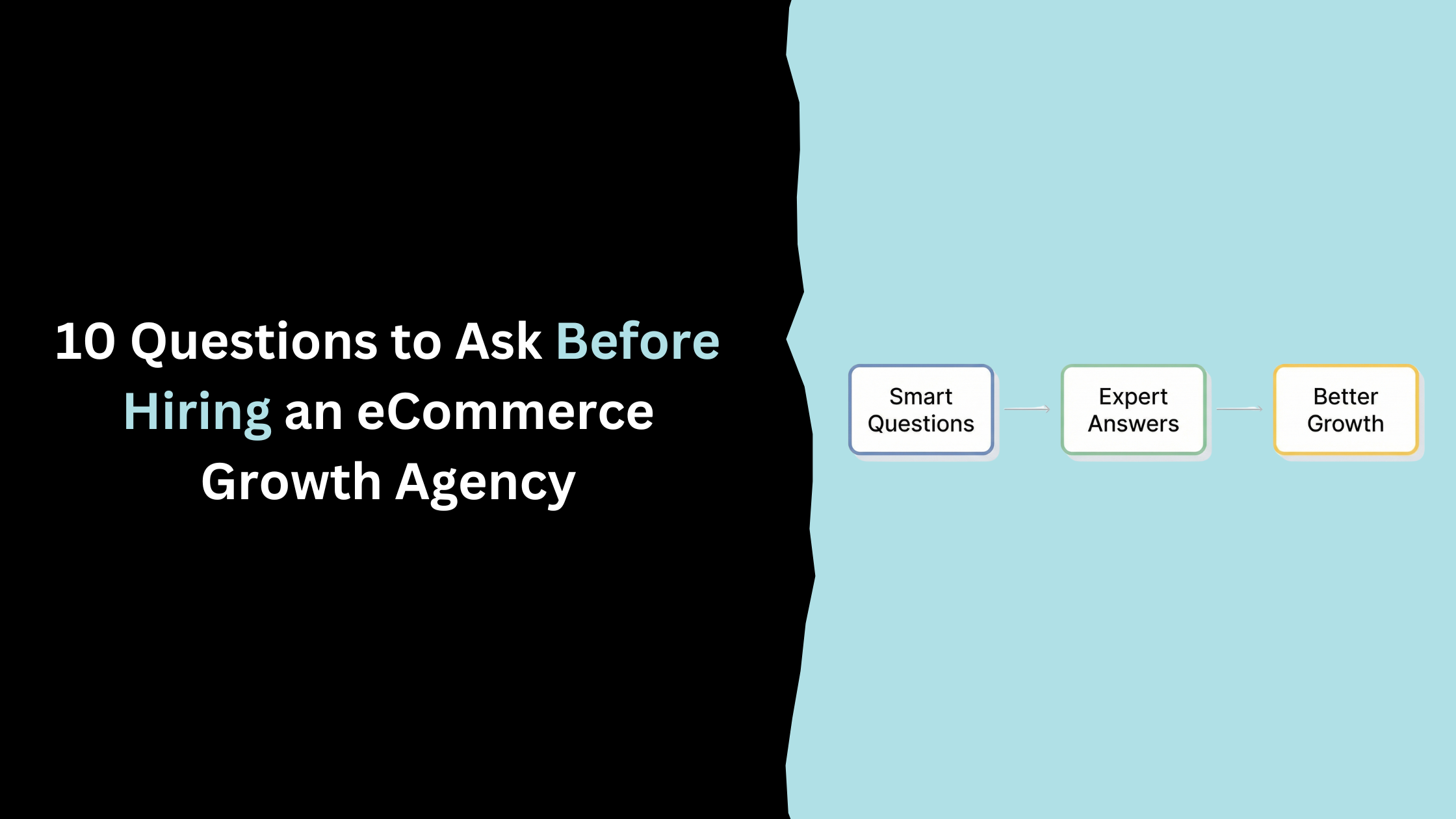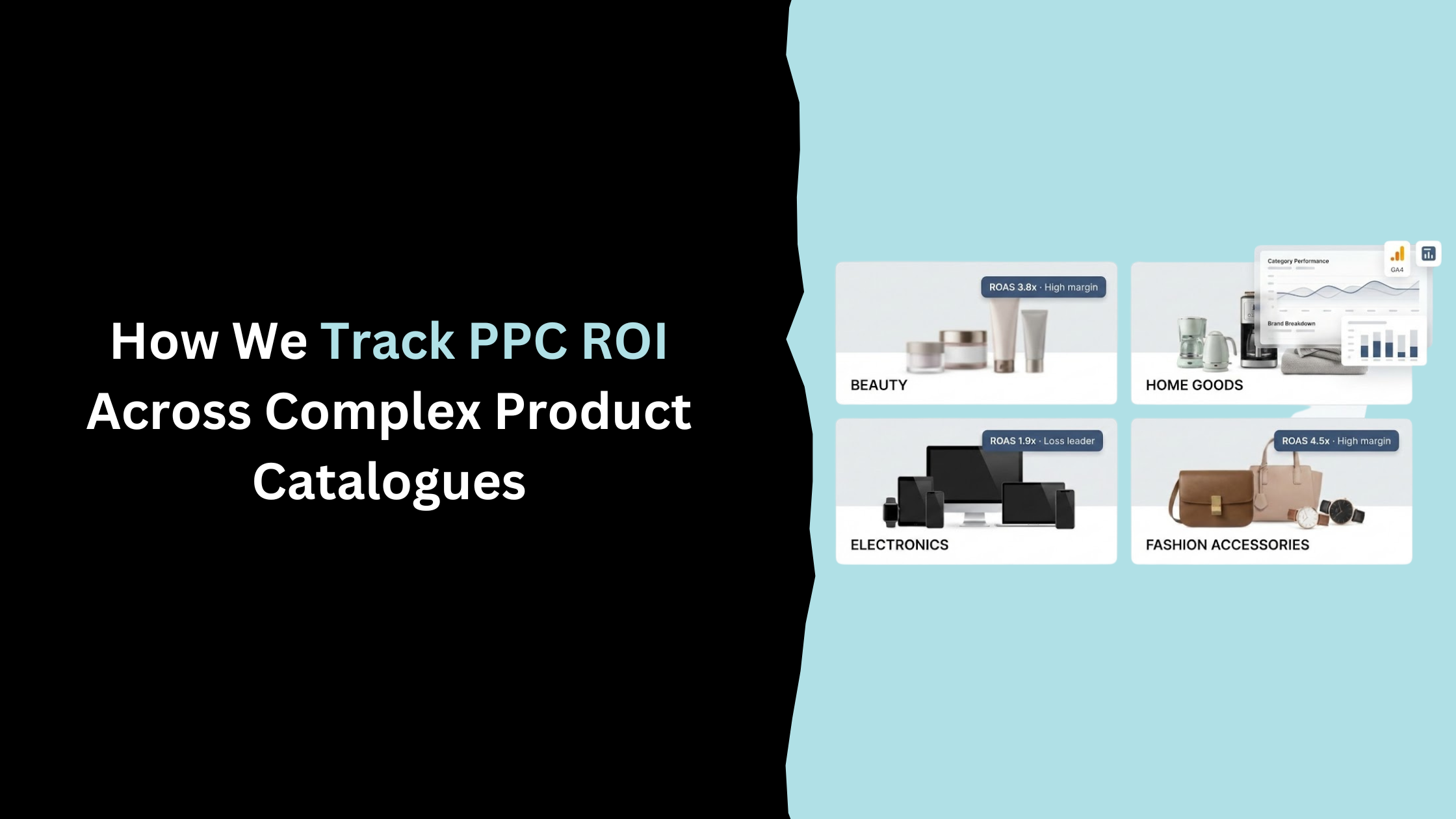Table of Contents
In 1981, Howard Shultz walked into a little coffee shop in Seattle. He loved the coffee so much that he joined as an employee a year later. Five years later, he bought out the owners.
Today Starbucks has over 15,000 stores in 50 different countries and is one of the world’s most valuable companies.
Coffee has been around for centuries, and in every city in the world you can find a little cafe selling good coffee. So why did only Starbucks break out of the pack and grow into a company that just did $26.509B in a year (that’s billion, with a big ‘B’!).
It was their Unique Selling Proposition. While every coffee shop says they make great coffee, Starbucks differentiated themselves by selling more than just great coffee. They made it an experience.
The story repeats itself in other industries. Google became a billion dollar unicorn even though there were established companies already doing search. Facebook did it to social networking. Apple did it to computers and then music and then phones.
These companies sell products that already exist, but because of their strong Unique Selling Point they were able to break free from the masses and “me-too” businesses and grow massively.
What is a unique selling point?
Call it whatever you want, Unique Selling Proposition, Unique Value Proposition, or Unique Selling Point, it’s what sets you apart from other companies in your industry.
You see, it’s very rare that you find an entirely new industry with no competition. Whether you’re thinking about starting an online store, or already have one, your products are probably not that unique. You have competition, and it will grow.
And with all that competition, customers will be asking, “Why should I buy from you?”
Your answer is your Unique Selling Point.
The benefits of a strong unique selling point
In the simplest of terms, your brand is the way people think about you. With a strong unique selling point, consumers start to think of you differently. You’re not just a regular coffee shop, you’re a great place to hang out and meet people. You don’t just sell computers, you sell high-quality products that don’t crash on you. I don’t even need to tell you which companies I’m talking about here because their brands are so strong that you already know.
You don’t need to compete on price
Again, look at the price of a coffee at Starbucks versus the corner shop. Or an iMac versus a PC. They’re 4-5 times more expensive than the lower end of the market, but people still buy them because they’re unique.
If Starbucks was just another coffee shop, they’d have to try to undercut the competition just to get more customers in. What’s worse, if their competition undercut them again, they’d be in a race to the bottom.
Increased conversion rates and sales
Ultimately, this is what you care about. How do you make more money? Well, it starts with a strong unique selling point.
When customers visit your site and don’t immediately know why they should buy from you, they’re going to leave. You just spent all that time and money driving traffic to your store, but they’re not converting because you dropped the ball after that.
Creating a unique selling point
So now that you know what a unique selling point is, and why you need one, let’s get down to creating yours, shall we?
Step 1: Research your competition
You can’t differentiate yourself without knowing what your competitors are doing. So the first thing you need to do is research them. Take your top 5 or 10 competitors and figure out what their unique selling point is if they have one.
Are they all claiming to be the cheapest product around, or the best product ever? Because if they are, you need to do the opposite. Also, see what their customers are saying about them. Do they have any complaints and how can you take advantage of that?
Speaking of customers, you need to do some research on yours and develop a customer persona. This will help you identify what your customers really care about so that you can deliver it to them uniquely. Maybe they don’t care about low prices, in which case your claim to having the lowest price will be useless.
Step 2: Extract benefits
The benefit of visiting Starbucks is that you have a casual environment to meet friends or do work. You’re not buying the coffee, you’re buying an experience. The benefit of buying a MacBook is that you don’t have to worry about the blue screen of death. You’re not buying a computer, you’re buying productivity.
Consumers shop for benefits, not features. I don’t care how much RAM my computer has. If it keeps crashing on me, it’s useless.
You need to understand what benefits you deliver to your customers. Use your customer persona research to help you out.
Step 3: Find what’s unique
While your product itself doesn’t need to be unique, your selling point does. In the previous step, you may have identified several benefits that you provide customers. You may have the best products, deliver it faster than anyone, and have a 100% return policy. But if your competitors say the same thing, it doesn’t make you unique.
Using your competitor research, compare your benefits to theirs. It’s ok if they have certain benefits that you don’t. That’s what makes them unique, and it’s different from what makes you unique.
It could be anything from product quality to customer service. Look at Lakeland to see how they’ve built a brand known for service. They sell kitchenware that you can buy anywhere else, but the real magic happens after you buy from them. Their customer support is legendary and it makes them unique in a sea of uncaring stores.

Step 4: Keep it simple
You have 10 seconds to make an impression on a visitor the moment they land on your store. Your unique selling proposition is one of the first things they see, so make it clear and concise. No one is going to read paragraphs of why you’re different right at the start.
Have a look at Allbirds’ unique selling point. They sell trainers, which is definitely not a unique product, but they’ve managed to stand out in a crowded market with this slogan: Better Things In a Better Way.
This slogan sums up their offering – trainers made from natural materials.

You see that pretty much right away and it takes just a second or two to read, but it immediately makes an impression on you.
Step 5: Give evidence
“We offer a 30-day trial period”.
Allbirds have sections of the website dedicated to showing you how they make good on their selling points.
They have their FAQ page that shows you that not only can you return the trainers, but you can do so after having tried them for up to 30 days.

Step 6: Market it
Your unique selling point is at the core of your business, which means it needs to be everywhere. Put it in your website, definitely on the homepage, but possibly on other pages in the header. Put it on your social networks, your marketing materials, your packaging, and anywhere a consumer comes in contact with your brand.
I can’t go on social media without Allbirds telling me about theirs…

Or websites using the Google Display Network…

Stand out from the crowd
Nail your unique selling point and differentiate yourself from the hundreds of other stores in your industry. No one is going to give you a second thought if you’re just like everyone else. But show them what’s unique about you and they’ll never forget.
And remember, if you make a claim, deliver on it. If Allbirds had no intention of letting you return your trainers within 30 days, customers would have called them out and they’d have lost their reputation. You don’t want that happening to you.
Get in touch today
complete the form below for an informal chat about your business








